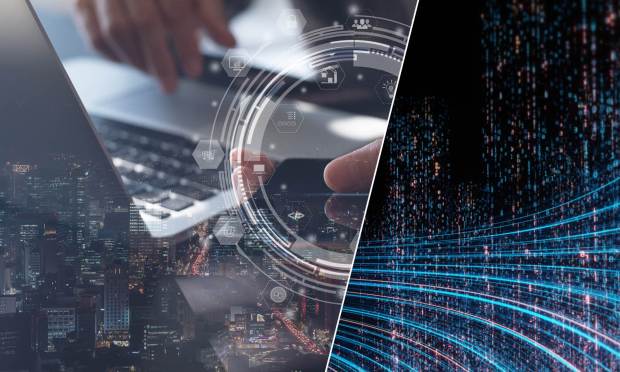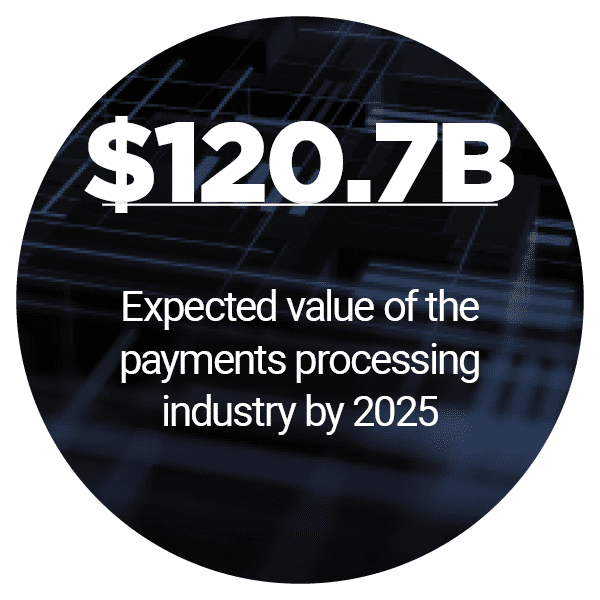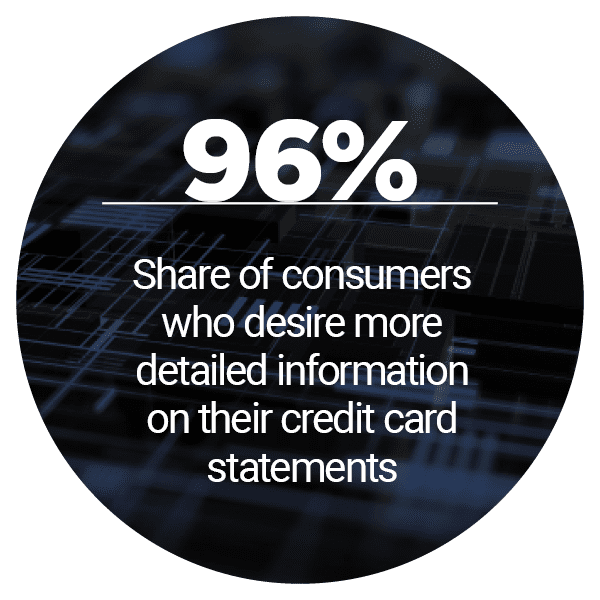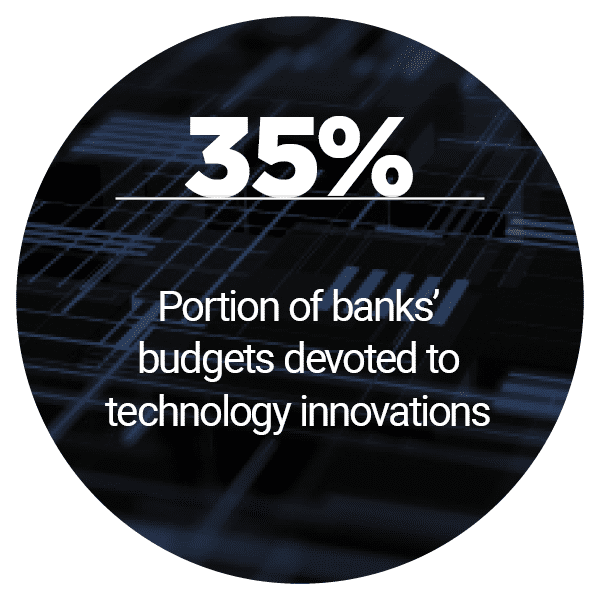Western Union Heads To The Cloud To Make B2B Payments Faster

 Digital payments are growing ever more widespread, with the global digital payments market increasing by more than 50 percent in the past three years to hit $4.7 trillion in 2020.
Digital payments are growing ever more widespread, with the global digital payments market increasing by more than 50 percent in the past three years to hit $4.7 trillion in 2020.
This growth is not expected to slow down anytime soon, with eCommerce and its associated digital payments expected to hit $4.5 trillion in transaction value by 2023.
The surge in payments value belies the difficulties that these transactions face, however. Digital payments are prone to chargeback fraud, for example, and financial institutions (FIs) often report difficulties and high costs when updating their legacy systems to accommodate instant payment systems. This puts them at risk of losing customers to more agile FinTechs that lack these issues.
In the November edition of The FI’s Guide To Modernizing Digital Payments, PYMNTS explores the latest in the world of payments modernization, including new investments in payments automation, FIs’ perennial competitive struggles with FinTechs and how cloud technology can level the payments playing field.
 Developments From Around The World Of Payments Modernization
Developments From Around The World Of Payments Modernization
The digital payments industry is seeing record profits, with a study expecting it to hit $120.7 billion by 2025, up from $74.4 billion this year for a compound annual growth rate (CAGR) of 10.2 percent. Various factors are contributing to this growth, including increased consumer demand for immediate payments, smartphones’ growing prevalence and worldwide government initiatives that promote digital payments.
This growth is in part being driven by new investments in payments automation, particularly those that reduce the impact of compliance-related barriers. A survey of bank CEOs found that 72 percent were prioritizing technology investments, with 58 percent of respondents reporting that they were investing in automation technologies like artificial intelligence (AI). This growing adoption of automation should be balanced with investments in customer relations, however, as customers often feel that their needs are not being prioritized if they are prompted to communicate with chatbots.
These large investments by FIs in new technologies are mere drops in the bucket compared to FinTechs’ investments, however. A study found that FinTechs spend 70 percent of th eir budgets on innovation, while banks typically spend 35 percent. FinTechs lack the compliance and legacy system costs that can eat up 65 percent of bank budgets, resulting in this discrepancy. Most of these innovation investments have been spent on real-time payments, said Harpreet Grewal, Volante Technologies’ chief operating officer, in an interview with PYMNTS’ Karen Webster.
eir budgets on innovation, while banks typically spend 35 percent. FinTechs lack the compliance and legacy system costs that can eat up 65 percent of bank budgets, resulting in this discrepancy. Most of these innovation investments have been spent on real-time payments, said Harpreet Grewal, Volante Technologies’ chief operating officer, in an interview with PYMNTS’ Karen Webster.
For more on these and other payments modernization news items, download this month’s Tracker.
Leveraging Cloud Computing And Automation To Accelerate Digital Payments
The payments market has seen a surge of new players, many consisting of digital-first companies taking their first steps in payments processing. Legacy players are being forced to adapt their businesses models or fall behind, with many integrating advanced technologies to do so.
For this month’s Feature Story, PYMNTS spoke with Shelly Swanback, Western Union‘s president of product platform, about how cloud technology and automated systems have improved its operating efficiencies.
 Deep Dive: Improving Payments Efficiency With Automation And Cloud Technology
Deep Dive: Improving Payments Efficiency With Automation And Cloud Technology
There are a number of frictions involved in payments processing, any of which can cause providers or banks to lose customers. There are some technological innovations that can increase the efficiency of these payments, however, reducing costs and improving customer relations.
This month’s Deep Dive discusses how automation of compliance and dispute resolutions as well as cloud computing can streamline payments processes and save banks money.
About The Tracker
The FI’s Guide To Modernizing Digital Payments, done in collaboration with Red Hat, is your go-to monthly resource for updates on trends and changes in payments modernization.
